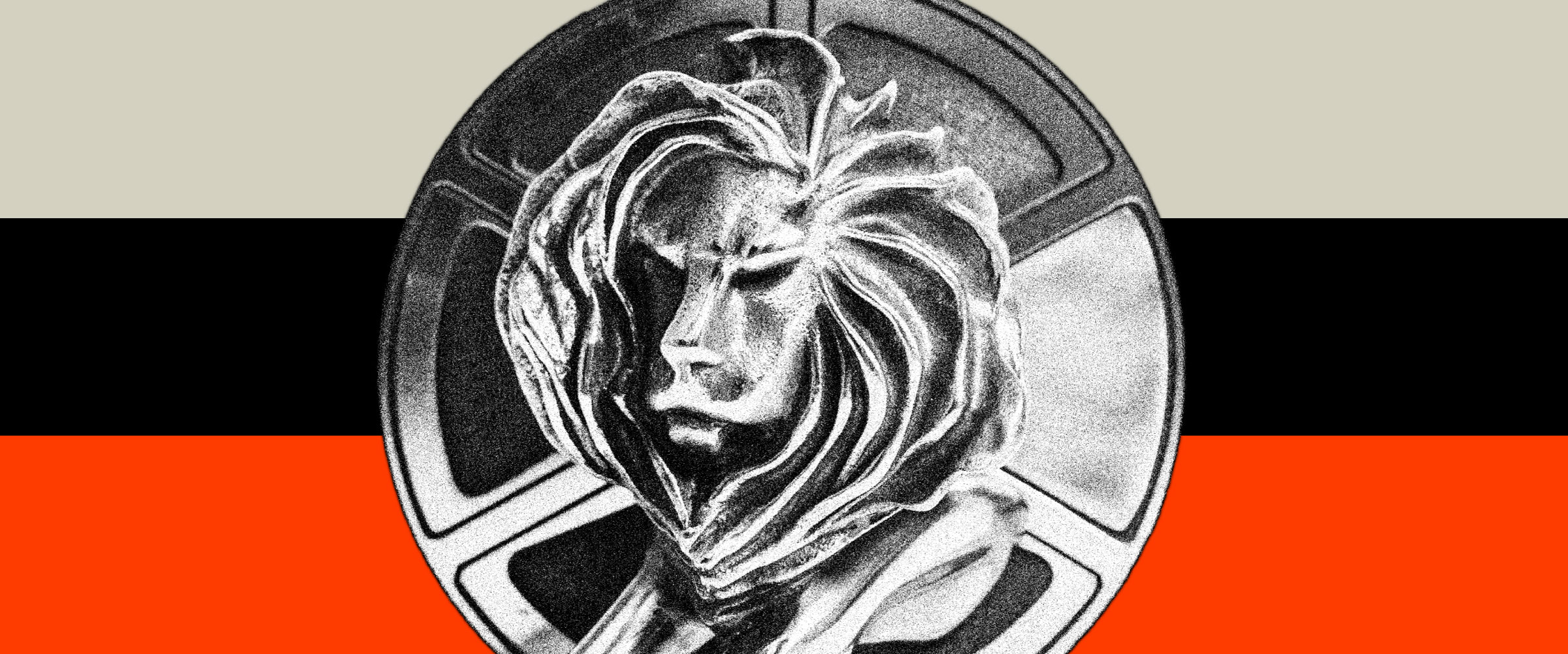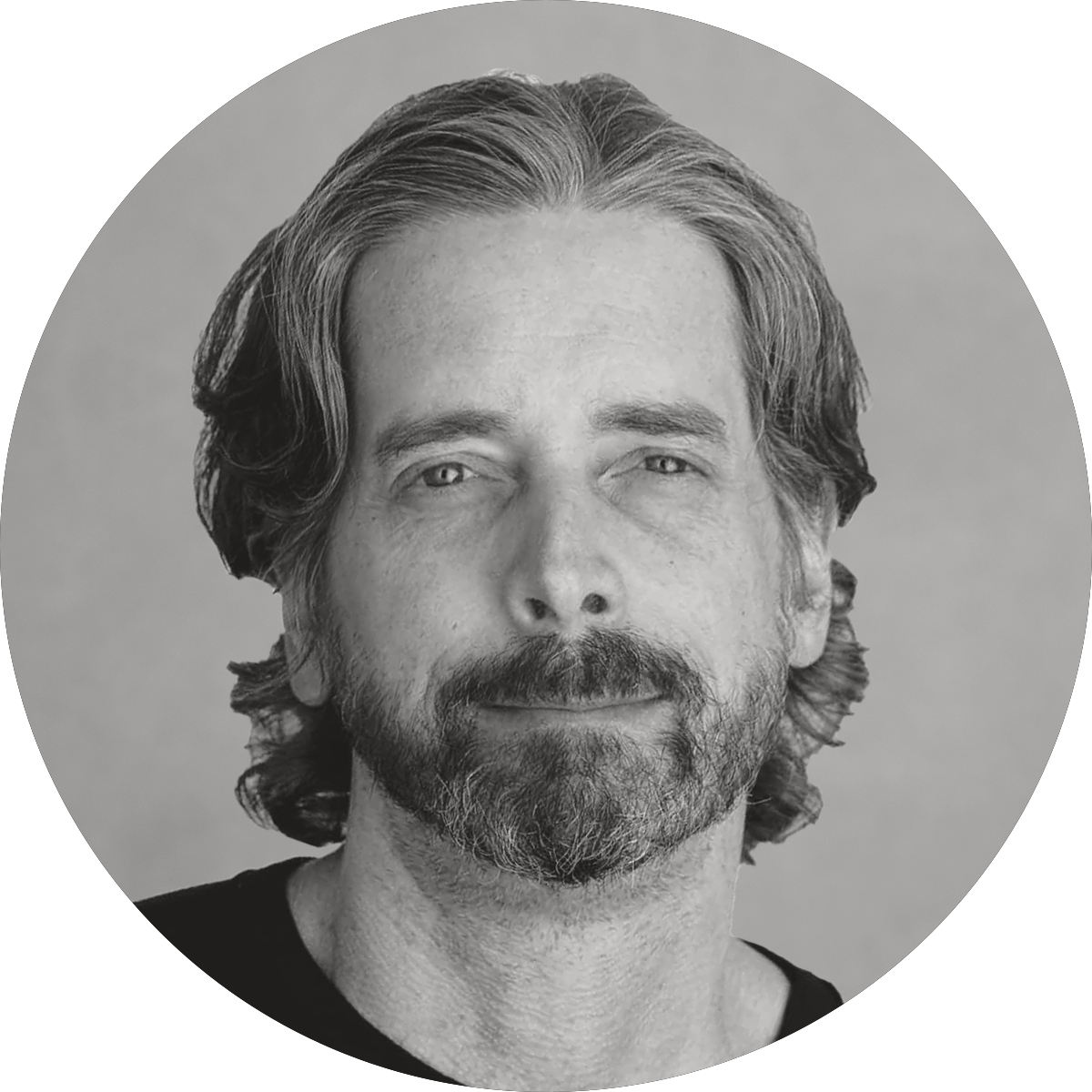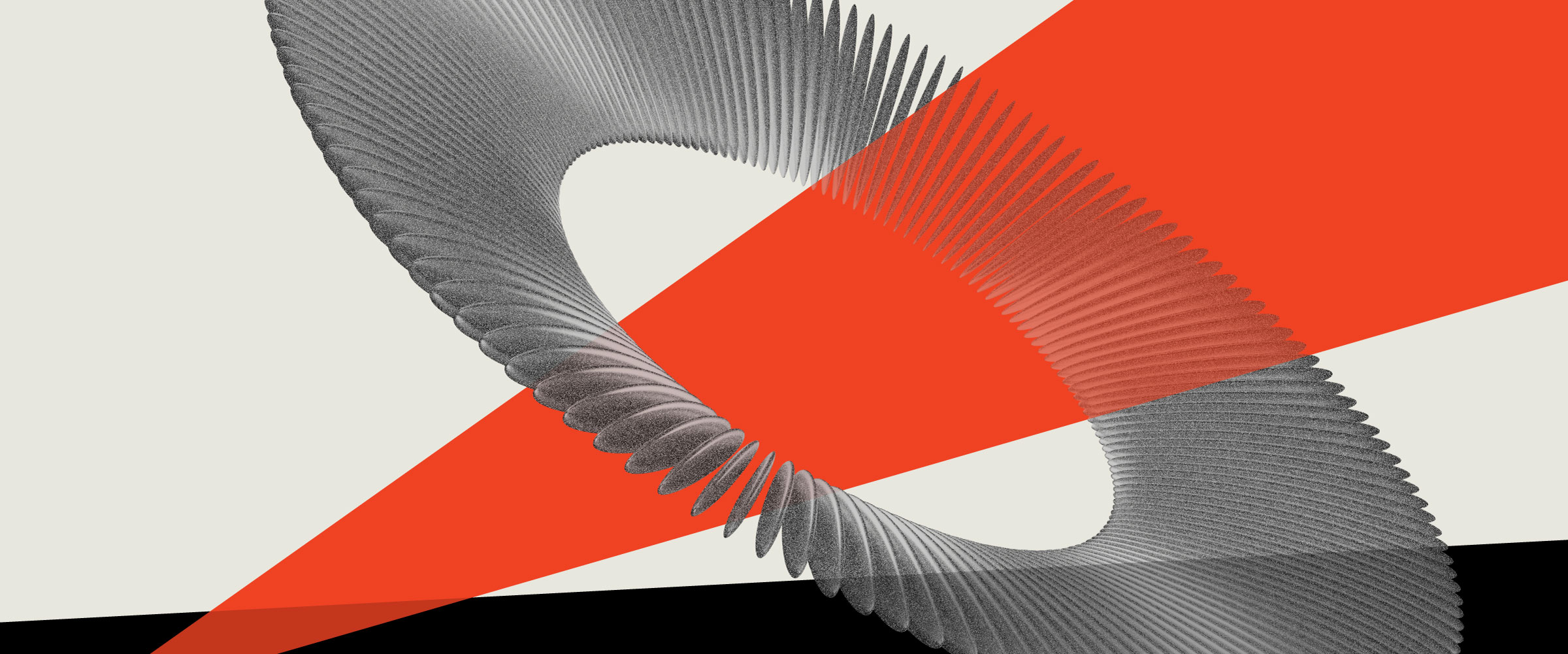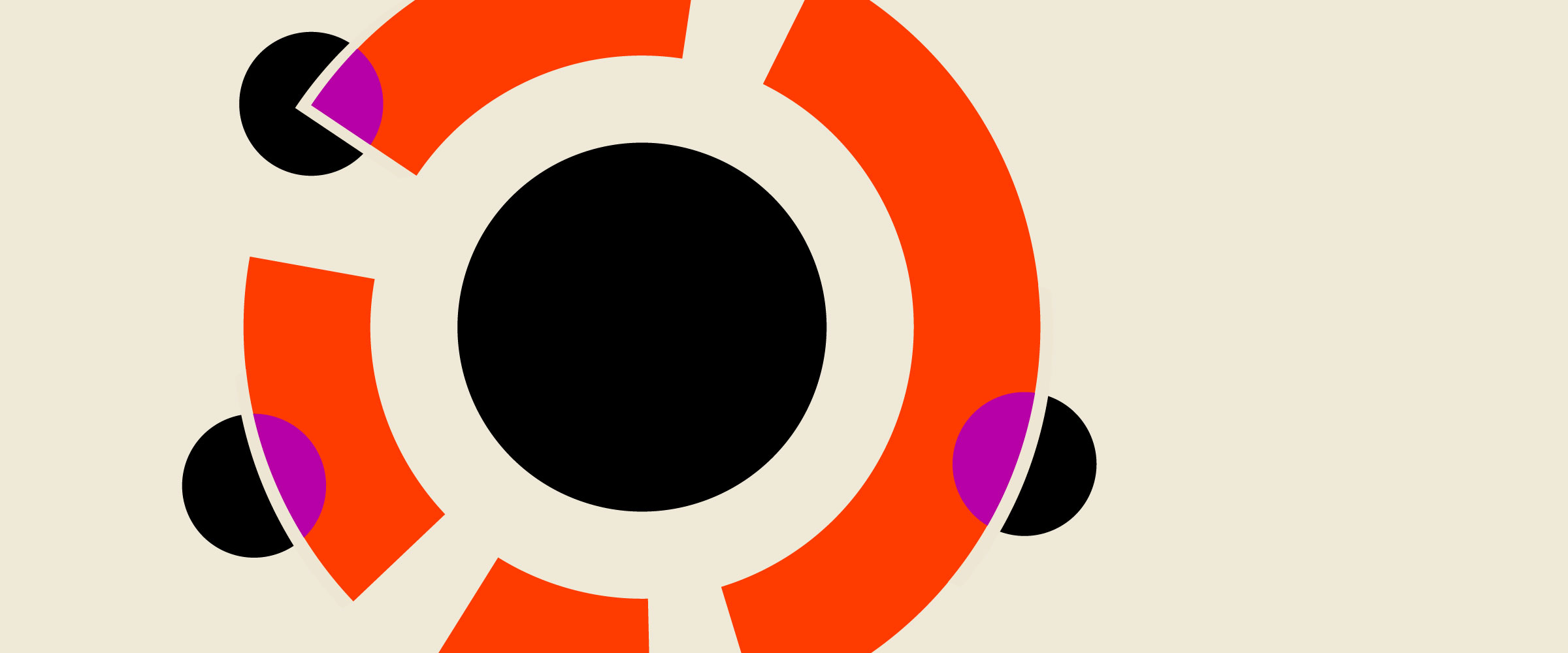
The rosé is flat. The Palais is empty. The standing ovations have been replaced by spreadsheets. Somewhere, a global brand team is staring at this year’s Cannes winners and asking themselves the same question: “How do we get one of those?”
It’s a fair question. Because whether you walked away with Titanium or walked away with nothing, one thing is clear: Cannes still matters. Not because of the trophies, but because of the ideas. Ideas that dominate culture, win love, grow business, and make people say, “We wish we’d done that.” And every year, most brands treat those ideas like lightning in a bottle.
They shouldn’t.
Because here’s the truth I’ve learned from over a decade of analyzing the Palais: The best creative ideas don’t emerge from chaos. They follow patterns. Not formulas. But recognizable emotional strategies, conceptual frameworks, and narrative shapes. We call them Archetypes. And they underpin nearly every major winner at Cannes.
Wait—What Do You Mean by Archetypes?
Not brand archetypes. Not personalities. Not purpose platforms. I mean idea archetypes. The narrative frameworks that Cannes-winning campaigns unconsciously follow. I’ve been studying Cannes for 13 years. I’ve walked through thousands of case studies and given a decade of tours at the Palais. And in all that time, I’ve found that the work we celebrate as innovative and category-defying tends to follow surprisingly familiar patterns:
- The little guy who wins against the odds.
- The new product that solves a human problem.
- The brand that breaks its own rules to make a point.
- The piece of tech that solves something emotional.
You can call it repetition. I call it pattern recognition.
This Year’s Big Winner? It Wasn’t Just Brilliant. It Was Familiar.
Take this year’s “Three Words” from AXA. Yes, it was fresh. Yes, it was emotional. But it also sat squarely inside a pattern we know well. It’s an archetype we call: On-the-Spot Solutions. AXA didn’t just make a brand statement, it made a fix. By adding “and domestic violence” to its home insurance policy, it redefined what coverage could mean. It wasn’t a metaphor. It was a mechanism. A real, structural change to the product that created real-world safety for real people.
This is why AXA won the Titanium Grand Prix, along with top honors in Direct and Creative Business Transformation. But it also carried a minor in the archetype we call Big Love for the Little Guy. Because the fix wasn’t for everyone. It was for people most brands don’t protect: women in crisis, survivors on the margins, people whose stories get left out of policy language. Cannes noticed. So did we.
And that’s one of eleven.
Another Winner. Another Pattern. Different Playbook.
Then there was FCB Chicago’s “Caption with Intention.” A deceptively simple idea anchored in empathy and structural innovation. It’s an archetype we call: Metaphors Made Real (with a side of On-the-Spot Solutions). The team took something as core as closed captions—unchanged since 1971—and reinvented them into expressive, emotion-rich text designed for visually impaired viewers. They’re not just better captions. They’re a seismic rethinking of inclusivity in entertainment.
What makes it archetypal:
- Metaphor Made Real: Captions aren’t just text—they now communicate tone, speaker identity, and emotion. Intention made real.
- On-the-Spot Solution: A dry, technical system reengineered into a richer, more human experience—exactly where accessibility has failed for decades.
Award haul.
Grand Prix in Brand Experience & Activation, Design, and Digital Craft. It turns invisibility into visibility. Bureaucracy into empathy. And proves again why elegant remixes of existing systems still count as breakthroughs at Cannes. Again, not an accident. Not a guess. Just another example of an archetype executed with clarity and precision.
Greatness Isn’t Magic. It’s Recognizable.
I’ve spent the last 13 years tracking Cannes winners. Not for their execution, but for their architecture. What makes them resonate. What makes them repeat. And while every jury, brief, and cultural moment changes, the shape of the ideas doesn’t. They follow familiar patterns. Eleven of them, to be exact.
We call them The Lovely Eleven. Only a few are public. The rest, we use behind the curtain, with clients who don’t want to leave their next great idea up to chance. These Archetypes don’t replace creativity. They focus it. They don’t kill originality. They guide it. They turn the idea development process from an open field into a well-lit path. They give creatives a place to begin. And CMOs a way to wager smarter.
Because if you’ve ever sat through a pitch where the idea felt like a dart thrown in the dark, you already know: clarity is the ultimate creative accelerant. And in a market where every brand is fighting for share, clarity isn’t just creative, it’s competitive. And that’s what Fazer is all about: competitive advantage. Knowing the shape of a winning idea gives you an unfair advantage, long before the brief is written.
Sidebar: The 4 Big Misconceptions About Archetypes
Not every pattern simplifies the work. Some sharpen it.
- Aren’t archetypes reductive?” Only if you use them to copy. We use them to clarify, and to raise the floor on idea quality.
- “Won’t this lead to formulaic work?” No more than knowing plot structure ruined great films. The structure isn’t the idea. It’s what lets the idea work.
- “Aren’t these just post-rationalizations?” That’s what most agencies do after Cannes. We use them before.
- “Doesn’t originality matter more?” Yes. But originality is a product of clarity and tension, not chaos. Archetypes give you a creative spine. They don’t write the idea. You do.
Now Is When the Real Work Begins
Cannes is not the finish line. It’s the starting gun. The winners have been named. The briefs are being written. And somewhere, someone’s trying to reverse-engineer a Titanium idea from a vibe and a Vimeo link. But the brands that will win next year aren’t copying what worked last time. They’re building now. Strategically. Deliberately. With structure.
And that’s what Fazer does.
Building Cannes Ideas for Competitive Advantage
We don’t believe in ideas for attention’s sake. We believe in ideas that make the competitor feel like the wrong choice. That’s why we don’t just apply Archetypes. We use them to deliver competitive advantage. We connect each idea to a Cultural CEP—a moment of emotional urgency rooted in real human tension—then frame it to make the competitor feel like the wrong choice. Because the best ideas don’t just win awards. They win the shelf. The screen. The share. The moment of choice. The advantage.
If You’re Ready to Build One, Let’s Talk.
If you’re a brand leader, a creative lead, or just someone who doesn’t want to wait around for lightning to strike, let’s connect. We’ll show you how the best ideas are built.
Not by luck.
Not by accident.
But by Archetype.



